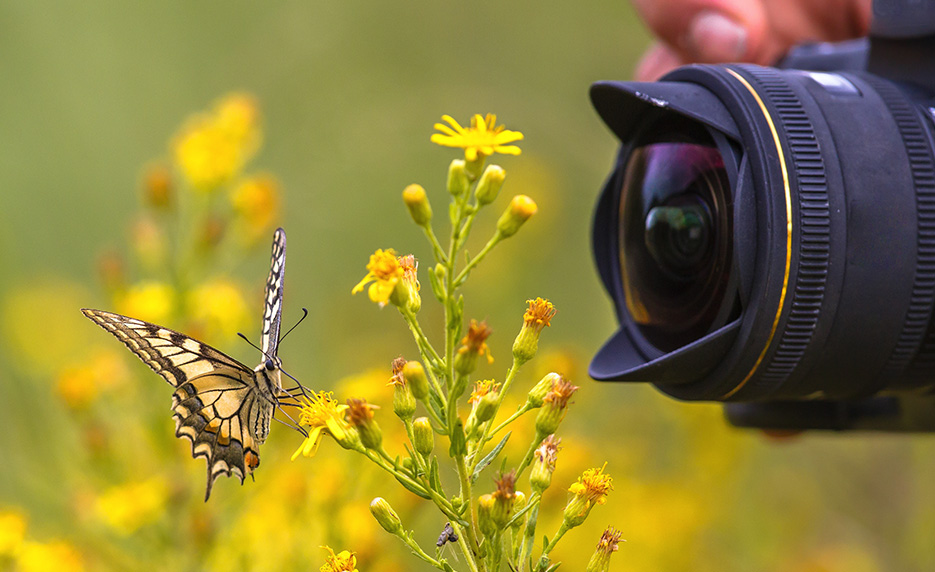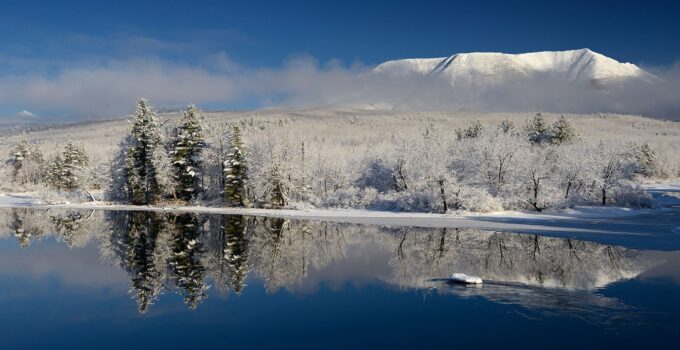In the digital age, landscape photography has become increasingly popular as a way to capture stunning shots of nature. With the right tips and techniques, photographers have access to some of the most breathtaking scenes imaginable.
Whether youre looking for an awe-inspiring mountain vista or an intimate portrait of a wildflower in bloom, this guide will provide you with all the necessary know-how to take your landscape photography skills up a notch. From understanding light and composition to getting creative with post-processing tools, this article will equip you with everything you need to create beautiful photos that bring nature’s beauty alive.
Understanding Digital Cameras for Landscape Photography

Source: www.rtings.com
When it comes to landscape photography in the digital age, understanding digital cameras is key for capturing stunning nature shots. Digital cameras have come a long way in recent years and now offer features that make shooting beautiful landscapes easier than ever before.
Knowing what you are working with when it comes to digital camera technology can help you make better-informed decisions about your equipment and how best to use it for your particular project or goals. One of the most important aspects of understanding digital cameras for landscape photography is learning which features are most useful in different situations.
For instance, if you plan on photographing a lot of low light scenes like sunsets or night skies, then look for a camera with good noise reduction capabilities; if you want to capture fast-moving subjects such as wildlife, then look for one that has a short shutter lag time; if detail is important then consider investing in high megapixel count sensors; and so on. Additionally, having an understanding of image quality settings like RAW versus JPEG will also give you more control over post-processing options later down the line. Another aspect worth considering when selecting the right gear is lens selection – wide-angle lenses are great when trying to fit expansive landscapes into a frame while telephoto lenses excel at bringing distant subjects up close and personal without distortion issues.
Also keep an eye out for any specialized filters designed specifically for landscape photographers as these can help create creative effects or provide extra protection from elements such as dust particles or water droplets on glass surfaces during harsh weather conditions outside (e.g.
, polarizing filter). Finally, being aware of any special features offered by manufacturers such as built-in GPS units can be helpful too – this allows images taken outdoors easy geotagging so they can be referenced back to their exact location after uploads onto computers at home/studio (this makes them easier findable through searches later).
All these factors combined should give anyone looking into taking professional-grade photos plenty of food for thought when choosing their next piece(s) of kit!
Capturing Natural Light in Your Photos

Source: www.amazon.com
Capturing natural light in your photos is essential for achieving stunning landscape shots. Taking the time to understand how sunlight interacts with the environment can dramatically improve your images.
When shooting outdoors, learn to identify and use different types of light such as direct sunlight, diffused light from clouds, and shadowed areas created by nearby objects. Knowing when to use each one will add depth and texture to your photos.
Play around with exposure settings on your camera or smartphone to capture the perfect balance of brightness that helps bring out the best of a scene. Experimenting with various angles can also help you take advantage of different lighting conditions which may result in unexpected yet beautiful results!
Using Filters and Other Aids to Enhance Your Nature Shots

Source: amateurphotographer.com
In the digital age of landscape photography, it is important to use a variety of tools and aids to help capture stunning nature shots. Filters are one way to enhance your landscape photos to bring out certain colors or textures that may be difficult to capture without them.
Graduated neutral density filters (GND) can darken skies while allowing for more balanced exposures in other parts of the photo while polarizing filters can reduce glare and reflections from water or glass surfaces. Other useful tools include lens hoods which can help reduce flare and sunspots, as well as handheld light meters which allow you to take precise readings of exposure levels in difficult lighting situations.
Using these different accessories alongside creative composition techniques such as leading lines or panning shots will give photographers an edge when trying to get those beautiful nature shots!
Editing Software for Enhancing Outdoor Images

Source: www.ed2go.com
In the digital age of photography, editing software is essential for producing stunning nature shots. From basic image adjustment to creative effects, these programs offer a wide range of options to enhance outdoor images.
Tools like brightness and contrast sliders can be used to bring out the best in an image while other features such as hue and saturation control give photographers total control over color tones. Other more advanced tools include layers, masks, blending modes, curve adjustments, and much more.
With these powerful tools at your disposal, you can achieve anything from subtle improvements or dramatic transformations with just a few clicks! So don’t let your natural landscape shots go undiscovered – use editing software to make them stand out from the crowd!
Conclusion

Source: digitalfilmmaker.net
With the advancement of digital photography, landscape photography has become a popular and rewarding way to capture breathtaking nature shots. With improved technology and techniques, photographers can take amazing pictures with their cameras that resemble those taken in a professional photography studio Dubai. However, there are still some tips and tricks that can help novice or experienced photographers alike get stunning photos of landscapes.
Utilizing the right equipment such as lenses, filters, and tripods; learning about composition techniques; experimenting with angles and perspectives; taking advantage of natural light sources; and having patience are all important elements for capturing beautiful images. By following these guidelines you will be able to create stunning photographs that capture the beauty of nature in all its forms.




